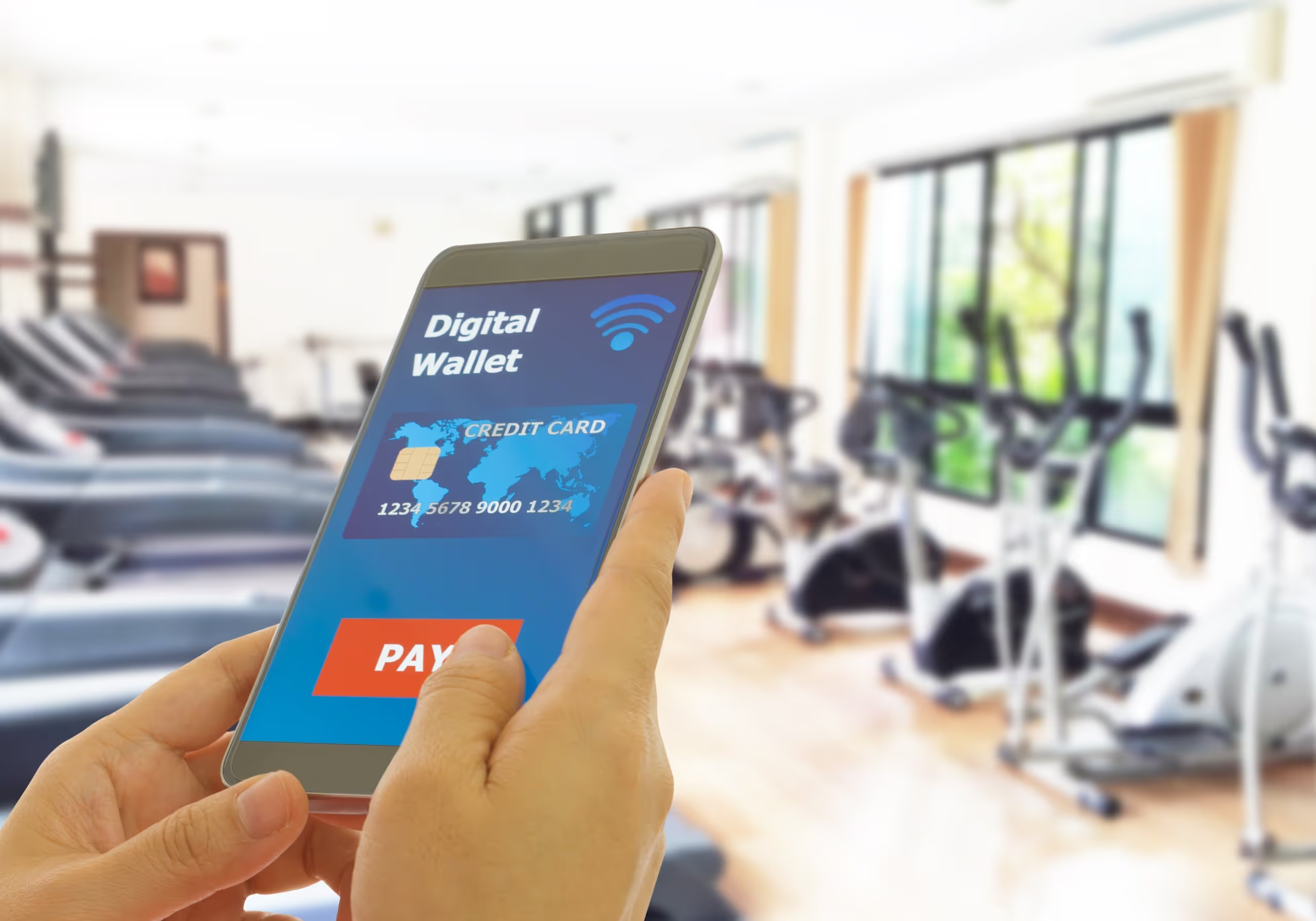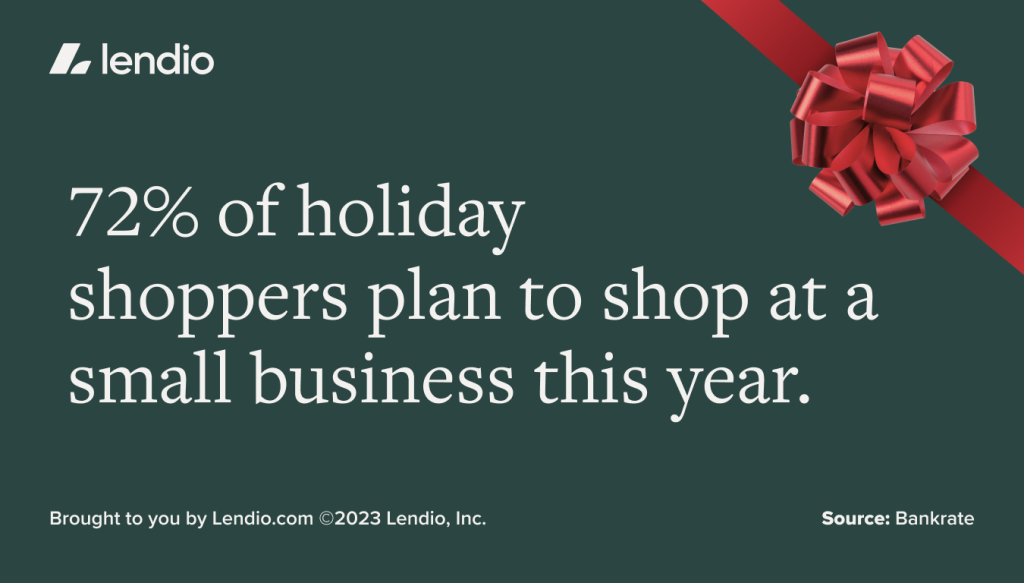One luxury of being an employee is that you don’t have to worry much about tax planning.
You can sit back as your employer withholds money from your paycheck to cover your liabilities, then use the details from your W-2 to file your tax return come tax time.
As a self-employed individual, you don’t have that privilege, and your tax situation becomes a lot more complex. Fortunately, that complexity has a silver lining. You gain a wide range of tax deductions that can significantly reduce your personal income tax.
In fact, you can deduct all ordinary and necessary business expenses. If you’re not sure what those look like, here are some of the most popular tax write-offs for self-employed people.
Top tax write-offs for the self-employed.
- Self-employment taxes
- Retirement plan contributions
- Qualified business income
- Home office expenses
- Business rent
- Office supplies
- Depreciation
- Internet and phone bills
- Health insurance deduction
- Business insurance premiums
- Business meals
- Business travel
- Business vehicle expenses
- Interest on business debts
- Advertising expenses
- Professional services
- Continuing education costs
- Professional dues
18 Tax Write-Offs
1. Self-employment taxes
Let’s start with a tax break you can take advantage of regardless of your business model: self-employment taxes.
The self-employment tax refers to the Social Security and Medicare taxes you have to pay on 92.35% of your net earnings from your business. These are separate from the federal and state taxes everyone has to pay on their income.
When you’re an employee, you get to split Social Security and Medicare taxes with your employer. For the year 2021, each party pays 7.65%.
Unfortunately, self-employed taxpayers are responsible for both the employer and employee portions. As a result, they owe a combined 15.3% tax, of which 12.4% is for the Social Security tax, and 2.9% goes to Medicare.
To lessen that blow, the Internal Revenue Service (IRS) lets you deduct the employer portion from your income when you calculate your federal and state income tax liabilities.
For example, imagine you generate $100,000 in net earnings as a sole proprietor. 92.35% of your net earnings multiplied by 15.3% equals $14,130 in self-employment taxes.
However, you’d get to deduct half of that expense, $7,065, for income tax purposes. In other words, you’d pay federal and state income taxes on $92,935 of net earnings rather than $100,000.
2. Retirement plan contributions
Whatever your employment status, contributing to retirement plans is one of the best ways to pay less in taxes. Not only does it directly reduce your adjusted gross income in the current tax year, but it also defers taxes on all your earnings within the account.
That said, self-employed people can access some uniquely powerful retirement accounts that employees can’t. For example, if you’re an independent contractor with no employees, you can open up and contribute to a Solo 401(k).
Solo 401(k)s are similar to their employer-sponsored counterparts, but the contribution limits are significantly higher. Here’s how they work:
- Employees: You can contribute up to $19,500 in 2021 and $20,500 in 2022. If you’re over 50, you can also make a catch-up contribution of $6,500. Your employer can put more in the account, but you have no control over that.
- Self-employed: In addition to the standard employee contribution, you can put in 25% of your net self-employment income up to a whopping $38,500 in 2021 and $40,500 in 2022 as your “employer” contribution.
Because retirement contributions are discretionary, you can dial them up and down as necessary to manipulate your taxable income. That’s a huge advantage, especially when your earnings fluctuate from year to year.
3. Qualified business income
The qualified business income (QBI) deduction is one of the newer tax write-offs for self-employed people. If you think you might be eligible, it’s definitely a good idea to consult a CPA for guidance.
In simple terms, the QBI deduction lets you write off 20% of the income you generate from your business operations. To be eligible, you must meet the following requirements:
Legal entity structure: Only people with pass-through income are eligible for QBI. That refers to sole proprietorships, partnerships, limited liability companies, and S-Corporations. C-Corporations can’t claim the deduction.
Income limitations: For single filers, your taxable income must be less than $164,900 in 2021 and $170,050 in 2022.
Business model: If your income is above the threshold, the type of business you run determines how much you can deduct. If you’re a “specified service trade or business”, the deduction phases out the more you earn.
Once again, claiming the QBI deduction is a complex process. There are many nuanced rules and lengthy calculations involved, so don’t try to tackle it without the help of a tax expert.
4. Home office expenses
If you do business out of your personal residence instead of a separate office, you may be eligible to deduct some of the expenses you incur to maintain your home. That includes costs like rent, mortgage interest, utilities, and maintenance.
In general, you can write off the portion of your housing expenses that corresponds with the part of your home that you use regularly and exclusively for your business. You don’t qualify for the deduction if you fail to meet either of those requirements.
In other words, you must have a dedicated home office space where you do most of your business. If you spend more time working at coffee shops than your home office, or if it doubles as a dining room table, you can’t take the write-off.
If you’re eligible, there are two ways to calculate your home office deduction:
Standard: This method involves tracking all of your home expenses and multiplying them by the percentage of your residence dedicated to your home office.
Simplified: If you don’t want to take the time to track all your housing expenses, you can multiply the square footage of your home office (up to 300 square feet) by $5 and deduct that.
Whenever there are two methods to determine the size of a deduction, it’s a good idea to calculate both and take the larger of the two. That said, the standard method often leads to higher tax deductions in this case.
5. Business rent
Renting an office or storefront is one of the most significant business expenses you’re likely to incur. Fortunately, if it’s reasonable that someone in your line of work would need the space, you can write off the cost of the lease.
For example, if you work from a computer, it’s logical that you’d need office space. Likewise, if you own a fitness gym, it makes sense that you’d need a location for people to exercise. In both scenarios, your rent would be deductible.
You can also deduct any rent you pay for equipment that’s necessary for your business operations. For example, if you run a home repair business, you could write off any rent you pay for the tools you use to complete a job.
6. Office supplies
Office supplies are a relatively standard deduction for self-employed people. It includes the minor materials you need to keep your business going. For example, you can write off items like paper, staplers, pens, and printer ink if your company uses them.
7. Depreciation
When you buy property or equipment for your business, the IRS might not let you deduct the expense all at once. Instead, you often need to depreciate these assets over their useful lives, which can be anywhere from a few years to several decades.
Depreciation represents the steady decrease in the value of an asset over time. For example, say you’re a real estate investor. When you buy an apartment complex, you take depreciation as the paint erodes, the floors degrade, and the roof deteriorates.
In general, you’ll need to depreciate assets worth more than $2,500. An IRS safe harbor rule means they won’t call you out if you write off something immediately when you pay less than $2,500, assuming it’s a legitimate business expense.
The rules for deducting depreciation can get surprisingly complicated. There are multiple ways to calculate the amount. If you’re eligible, it’s a good idea to consult a CPA for assistance.
8. Internet and phone bills
You can generally write off the portion of your internet and phone costs that correspond with your business use. If you have a separate business office with its own wifi and telephone, everything you pay for these services is deductible.
However, if you operate out of a home office, calculating the write-off becomes a lot more complicated. The concept is similar to the home office deduction. You’ll need to determine which portion of your usage is for business and personal purposes.
9. Health insurance deduction
The cost of health insurance in the United States is staggering, so health insurance premiums are another hugely beneficial tax write-off for self-employed people. It can help make up for your lack of an employer to subsidize your medical expenses.
As long as you’re not eligible for coverage through a spouse’s employer, you can generally deduct all of the premiums you pay for your and your family’s health, dental, and long-term care insurance.
10. Business insurance premiums
Depending on your business model, you may want or need to purchase some form of business insurance. Fortunately, the premiums you pay for these policies are tax-deductible, as long as there’s a need for them in your line of work.
For example, medical service providers must maintain malpractice insurance, a form of professional liability insurance that protects them against lawsuits over mistakes that harm their patients.
Some other popular forms of business insurance that may be tax-deductible include general liability insurance, commercial property insurance, business income insurance, and workers’ compensation insurance.
11. Business meals
Though you have to tread a fine line, business meals can be tax-deductible in some circumstances. However, the rules are a bit tricky, and you can bet that the IRS watches these deductions closely. It may be worth consulting a CPA for help with this write-off.
In general, you can only deduct 50% of the cost of business-related food and drink from your taxes. For example, that includes:
- Meals while traveling for business
- Catering during meetings with employees
- Meals while discussing business with prospective clients
Unfortunately, lunch at the office by yourself doesn’t qualify. You must actively pursue or discuss business matters with others during the meal. It’s a good idea to keep detailed records of these matters.
There are two ways to calculate a meals deduction. First, you can deduct half the actual cost, in which case a reasonableness test applies. Alternatively, you can take a standard allowance, which the General Services Administration sets.
For tax years 2021 and 2022, the 50% limitation has been temporarily lifted. You can deduct 100% of eligible business meals as long as they come from a restaurant. The change is an attempt to stimulate the restaurant industry after COVID-19.
12. Business travel
If your business requires that you travel, you can deduct the costs you incur to get you to your destination and for lodging while you’re away from home. Maybe you need to tour a potential rental property or meet with a client out of state.
Unfortunately, taking a deduction for business travel can be tricky. As you might expect, there’s a lot of opportunity for abuse with travel write-offs. The IRS won’t be happy if you try to deduct the cost of your family vacation to Orlando.
Even if you go to Orlando for legitimate business reasons, they’re also savvy enough to know that you might stick around for a few extra days for personal reasons.
However, like every other expense, travel is only deductible when it’s ordinary and necessary for your business. That means the extra night you spent in a hotel to see the Magic Kingdom is not tax-deductible.
13. Business vehicle expenses
If a vehicle is necessary for some aspect of your operation, you can write off the expenses associated with your business usage. For example, a real estate agent could deduct the use of their vehicle to meet clients at potential properties.
Unfortunately, you can’t take a deduction for commuting to your primary place of work. For example, you can’t consider the trip from your house to your office space a business expense.
If you’re going to take this deduction, there are two ways to calculate the amount:
Actual expense method: Keep detailed records of all your car expenses, including auto insurance, gas, and maintenance, then multiply that amount by the percentage of your driving that was business-related.
Standard mileage method: Keep track of the total number of miles you drove for business purposes, then multiply it by the IRS standard mileage rate. It’s $0.56 in 2021 and $0.585 per mile in 2022.
Unfortunately, you can’t bounce back and forth between the two. If you start with the standard method, you can decide to switch to the actual expense method, but you won’t be able to go back until you get a new business vehicle.
14. Interest on business debts
The interest you pay for your business debts can be another significant deduction for self-employed people. Whether you take out installment or revolving debt accounts, you can write off any interest that accrues on the balances for business expenses.
For example, if you finance the purchase of business equipment, the interest portion of your monthly payments is tax-deductible. Similarly, if you use a business credit card to buy supplies and carry a balance over, you can deduct the interest when you pay it off.
In theory, it’s possible to split funds from a credit account between business and personal use. In that case, only the interest on the business portion is tax-deductible.
15. Advertising expenses
When you’re self-employed, you have to get your business in front of potential clients. Fortunately, you can take a tax deduction for the various expenses you incur to promote yourself. That means you can write off the cost of things like the following:
- Social media ads on sites like Facebook and Instagram
- Pay-per-click campaigns on search engines
- Local billboards and print media materials
In addition, while not strictly an advertising expense, you can deduct the cost of maintaining a website for your business. For example, that might include the price of the domain and the fees you pay to a copywriter or web designer.
16. Professional services
As a small business owner, you often have to wear many hats. In your early years, you may find yourself handling administrative, bookkeeping, marketing, tax planning, and customer service duties on top of your day-to-day business operations.
However, once you have more traction, you can afford to outsource those functions. Fortunately, you can take a tax write-off for the fees you pay to the various professional service providers who handle them for you.
For example, if you’re tired of doing your own accounting, you can hire an independent specialist to maintain your books, build your financial statements, and file your taxes. Whatever they charge for their services will be a tax write-off.
17. Continuing education costs
Continuing education costs are an often underutilized tax write-off for the self-employed. In general, you can take a deduction whenever you pay to improve the skills necessary for your current business. That might include the cost of:
- A course written by a fellow professional in your field
- Required education to maintain a professional license in your trade
- A series of lectures on modern marketing strategies for small businesses
It’s important to emphasize that you can’t take a tax deduction for educational costs that don’t relate to the business you’re already operating. For instance, a freelance writer couldn’t take a deduction for a seminar on wedding photography.
18. Professional dues
Last but not least, you can take a tax deduction for the dues you pay to maintain a professional license or membership in a professional organization. This is a popular write-off for technical service providers, such as accountants, lawyers, and doctors.
However, you can’t deduct any old organizational or licensing fees. They have to be relevant to your profession. For example, a lawyer could deduct their annual membership dues paid to their State Bar.
Unfortunately, the deduction doesn’t let you claim dues to any club with a social purpose, even if you do business there. For example, you can never write off country club dues, even if you consider it a place to network.
















































